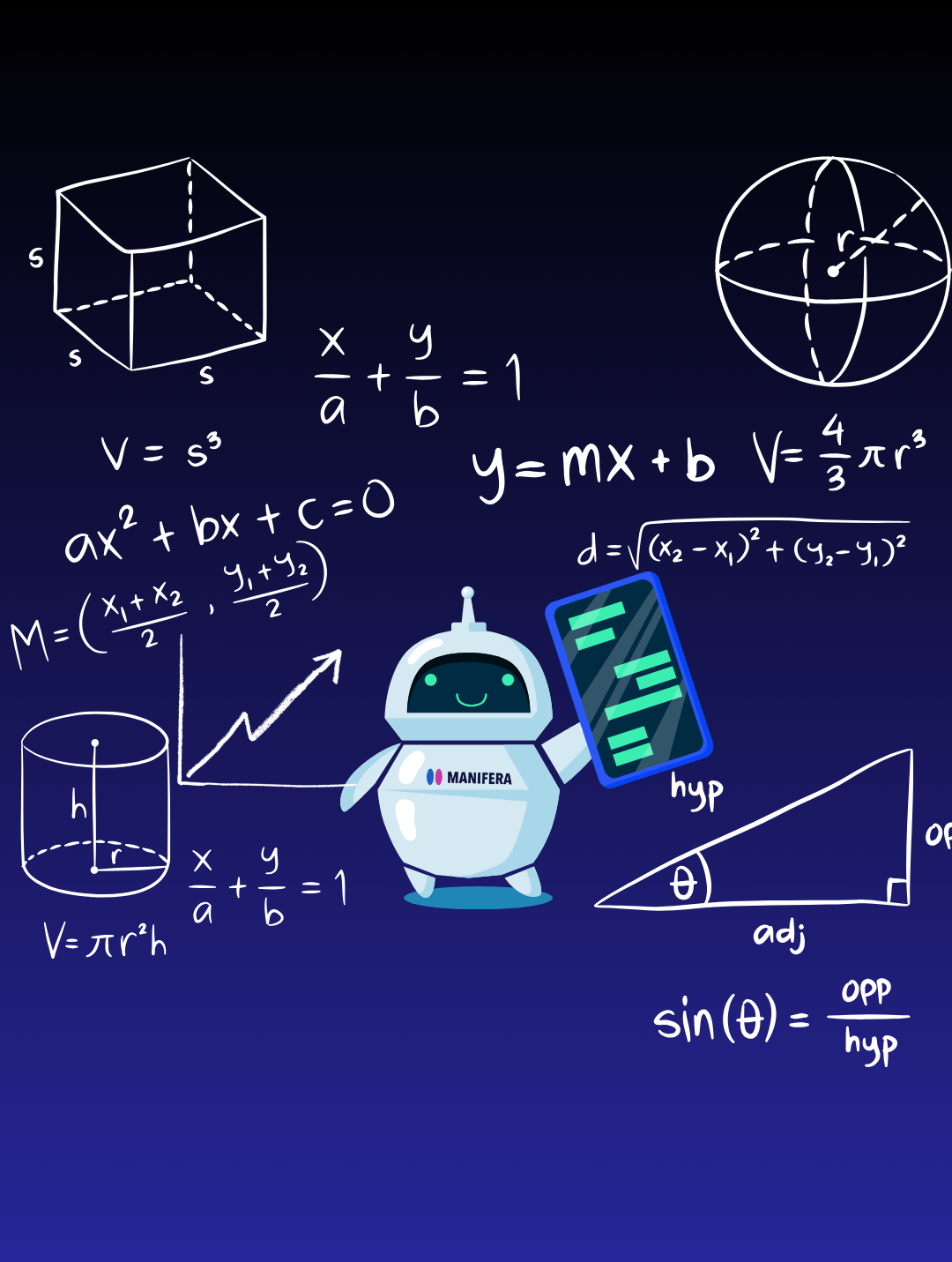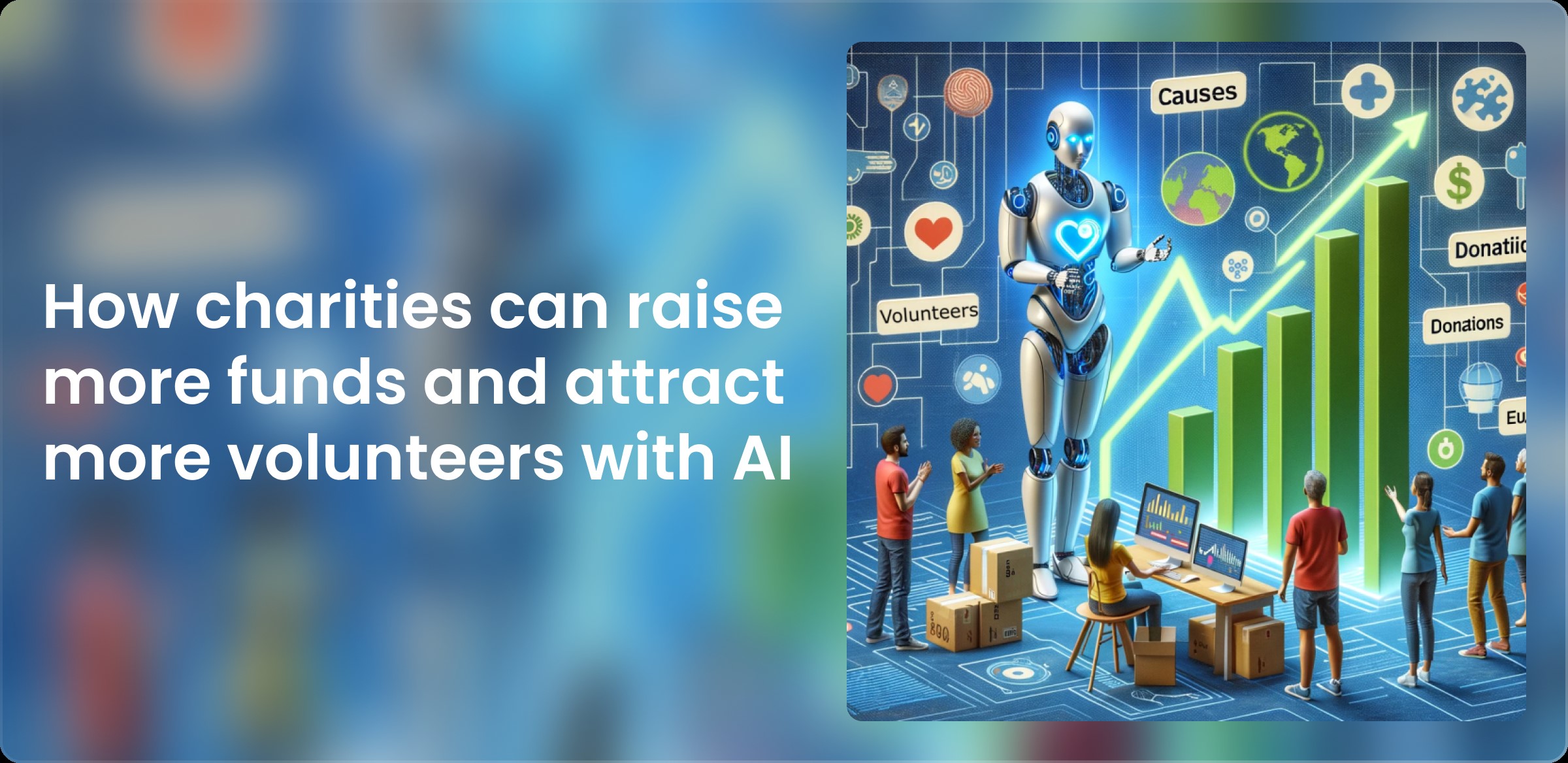
Distinguishing Artificial Intelligence, Machine Learning And Deep Learning:
- Artificial Intelligence (AI): A machine that can mimic human behavior and thinking.
- Machine Learning (ML): A feature of AI, allowing experts to train AI to recognize data patterns and make predictions.
- Deep Learning: A smaller technique within machine learning, enabling machines to self-train.
Artificial Intelligence - The Human Brain In The Form Of A Machine:
AI can be defined as a branch of computer science related to automating intelligent behaviors. It's a part of computer science, so it needs to be based on solid theoretical principles that can be practically applied in this field. Simply put, it's machine intelligence created by humans. This intelligence can reason, think, learn, similar to human intelligence. It processes data on a larger scale, more systematically, scientifically, and faster than humans.
However, AI technology still has many limitations. For instance, Alexa, a great assistant and one of the most popular icons of artificial intelligence application, still can't pass the Turing test.
" The Turing test" is a measure of a machine's ability to exhibit intelligent behavior indistinguishable from that of a human. Proposed by Alan Turing in 1950, the test involves a human judge engaging in natural language conversations with both a human and a machine without knowing which is which. If the judge cannot reliably distinguish between the human and the machine based on the conversation alone, the machine is considered to have passed the Turing Test.
No artificial intelligence has fully passed the Turing Test in a manner consistent with Turing's original vision. While there have been instances of AI chatbots and conversational agents demonstrating impressive language capabilities, they often fall short of achieving complete indistinguishability from human responses.
In summary, what we are doing with AI today falls under the concept of "Narrow AI." This technology can perform specific tasks similarly or even better than humans. Examples of Narrow AI in reality include Pinterest's image classification technology or facial recognition for tagging friends on Facebook.
How Many Types Of Artificial Intelligence Are There?
Artificial intelligence can be divided into different types based on capabilities and functions.
Based on capabilities:
- Weak AI or Narrow AI: The machine's intelligence is limited to a specific area or task.
- General AI: Artificial intelligence reaches a general state when it can perform any task with intelligence similar to that of a human.
- Strong AI: This is the hypothetical idea that machines can be as good as or even surpass human intelligence.
Based on function:
- Reactive Machines: At this simplest level, AI performs basic activities like reacting to certain stimuli. The model doesn't store input and doesn't engage in learning.
- Limited Memory: As the name suggests, this type of AI can store data or experiences from the past for a certain period. An example is self-driving cars.
- Theory of Mind: At this level, AI becomes a better companion, capable of understanding the user's emotions in the real world.
- Self-Aware:This is considered the highest level of AI development. At this level, AI has the ability to be self-aware and think independently from humans.
Which Programming Languages Are Used For Developing Artificial Intelligence?
Here are the top 5 programming languages commonly used for developing artificial intelligence:
- Python
- Java
- Lisp
- R
- Prolog
Among these, Python is the most widely used language for AI development due to its simplicity and the availability of many libraries, such as Numpy and Pandas.
Machine Learning - An Approach Of AI
Machine Learning is a broad term that refers to the action of teaching a computer to improve a task it is performing. More specifically, it involves any system where a computer's performance on a task gets better after completing that task multiple times. In simpler terms, the fundamental capability of machine learning is to use algorithms to analyze available information, learn from it, and then make decisions or predictions about something related. Instead of creating software with specific actions and detailed instructions to perform a particular task, the computer is "trained" using data and algorithms to learn how to accomplish the task.
Without machine learning, current AI would be significantly limited as it gives computers the power to discover things without being explicitly programmed. For example, consider a type of machine learning where you want a program to identify cats in pictures:
First, you provide AI with a set of cat features for recognition, such as fur color, body shape, size, etc.
Next, you provide some images to AI, where some or all of them are labeled "cats" to efficiently pick up details, characteristics related to cats.
Once the machine has enough necessary data about cats, it needs to know how to find a cat in a picture – "If the image contains certain details X, Y, or Z, then there's a 95% chance it's a cat."
In general, the applications of machine learning today are extremely widespread and undeniably useful.
Deep Learning - A Technique Of Machine Learning:
The main difference here is that humans don't have to teach a deep learning program what a cat looks like; you just need to provide it with enough images of cats, and it will imagine and learn by itself. The steps are as follows:
Provide the machine with a lot of cat images.
The algorithm will analyze the images to identify common features and details between them.
Each image will be decoded in detail at multiple levels, from large, general shapes to smaller and smaller details. If a shape or lines are repeated many times, the algorithm labels it as an important feature.
After analyzing enough necessary images, the algorithm now knows which patterns provide the clearest evidence of cats, and all humans have to do is provide the raw data.
In summary, deep learning is a type of machine learning where the machine self-trains. Deep learning requires a lot of input data and more computational power than machine learning, but it has started to be deployed by major tech companies like Facebook and Amazon. One notable example of machine learning is AlphaGo, a computer that can play Go against itself until it can predict the most accurate moves enough to beat many world champions.
Deep learning has enabled the application of many real-world problems simultaneously expanding the overall field of artificial intelligence. It breaks the way humans work by making all kinds of assistive machines capable of performing tasks close to or exactly like humans. Self-driving cars, better human healthcare... All are realized in today's era. AI is the present and future of the world. With the help of deep learning, AI can fulfill the long-imagined dreams of science fiction.
So Can AI Replace Software Engineers?
The answer is: there's no need to worry about that necessarily. While AI tools that can write simple code exist, they lack the ability to determine which features to prioritize or the problems that a software being developed will solve. Programmers with their understanding of technical specifications and precise requirements, can create code. As the example above illustrates, currently only programmers can comprehend complex questions without clear-cut answers or questions with multiple solutions.
In fact, what researchers initially suggested—that the role of programmers might change as AI systems advance further—is accurate. In the future, instead of writing code, programmers may be responsible for analyzing and managing data for use as input for AI algorithms, thereby creating software.
Suggested Posts
How useful was this post?
Share it with your friends
Get our latest articles here!
Do you have any questions?
Help us improve the content of this Insightful blog by asking us questions. Manifera's team of experts will help you answer these questions as soon as possible.









